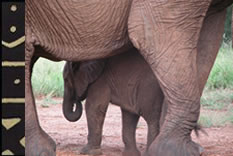Historical summary
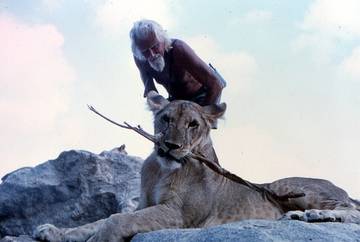
Kora National Park is inextricably linked to George Adamson who devoted most of his later life to its protection. In this, he was joined by his brother Terence Adamson and from 1971-1988 by Tony Fitzjohn. Together they focused on rehabilitating lions (30) and leopards (10) to the wild, whilst working on the management and development of Kora (then a national reserve) to national park status. This included the organisational aspects of the project, the establishment of boundaries, roads and tracks, flying patrols, riverine forest protection, installation of communications, installation of workshops, vehicle maintenance and security.
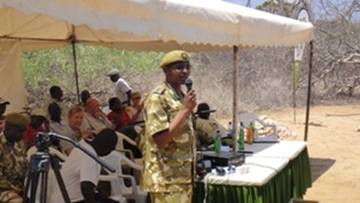 |
Mark Cheruyiot (RIP) – former KWS Senior Warden Kora National Park at the annual memorial service for George Adamson held by KWS |
In 1989, Tony Fitzjohn and his supporting Trusts moved the main focus of their work to Mkomazi Game Reserve in Tanzania which, following an intensive programme of environmental and infrastructural rehabilitation, was upgraded to National Park status in 2008. Tragically, not long after Tony moved to Tanzania in 1989, George Adamson was brutally murdered by poachers.
In 1995, Tony Fitzjohn was asked by the Honourable Minister for Foreign Affairs and International Cooperation in Kenya to survey Kora National Park and the surrounding areas in order to produce an operational plan to reverse environmental degradation and fully protect the area for the future. Reports were prepared following this survey. From this time onwards, Tony Fitzjohn and his supporting Trusts have worked in close cooperation with Kenya Wildlife Services and have undertaken many key consolidation talks to provide support for the long-term rehabilitation plan for Kora National Park.
Work in Kora has included the rebuilding of George Adamson’s camp, establishment of a small workshop, installation of electrical, solar, communication and water systems, deployment of a tractor and trailer and vehicles to support Kenya Wildlife Services (KWS) and their personnel in the field; construction of roads and tracks; aircraft patrols; working with KWS on ground patrols; and community outreach work which has focused on medical, education and water projects. 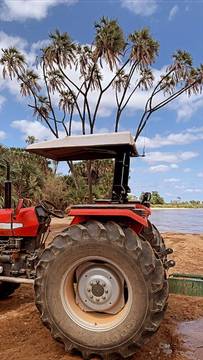
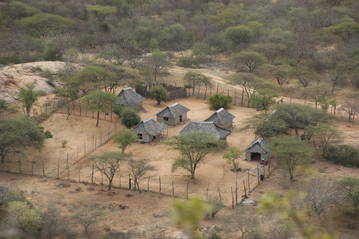
In late 2019, the Trusts handed their part of The Mkomazi Project in Tanzania over to the wildlife authority Tanzanian National Parks and subsequently returned to Kenya to focus on the rehabilitation of Kora National Park, continuing extensive discussions with KWS for the long term stewardship, conservation, environmental protection and sustainable development of Kora and to forward the joint objectives. A framework management plan and list of priorities was developed and these were handed to KWS. An environmental impact assessment was undertaken with KWS for proposed fencing for the park and National Environmental Management Authority (NEMA) approval for this was sought and obtained. All the roads and tracks in Kora were GPS’d and a map was produced and handed to KWS.
There are plans for an integrated Eastern Conservation Area, including Meru National Park, Kora National Park and Bisanadi National Reserve areas. It is exciting that KWS are looking at this more as a landscape project rather than a single site intervention.
Tourism could bring in important revenue and a bridge has now been built over the Tana River between Meru National Park and Kora National Park – always a dream of George Adamson’s – which will help to put Kora on the map for a new northern tourist circuit. On a recent visit to the area by the Cabinet Secretary, Hon. Najib Balala, he remarked on the huge potential of Kora as part of the enhanced Eastern Conservation Area with an abundance of wildlife and new touristic experiences. 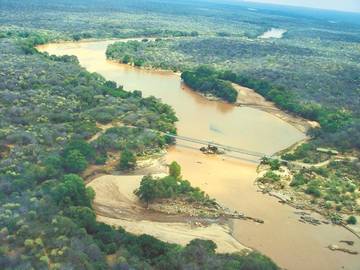
In the past, the Trust has supported community outreach work and this has included joint projects with AMREF (African Medical Research and Education Foundation) focused on relief support, a medical dispensary and Flying Doctor Service clinics visits to Asako village, improved water supply and sanitation in Asako village and the purchase, construction and installation of a water windmill pump Asako village (which now needs repair/replacing). This work has also included the organisation of successful conservation days in local primary schools with Trusts for African Schools (TAS) attended by the County Governors and famine relief distribution to three needy villages during a drought.
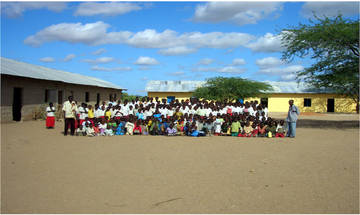 |
Asako Primary pupils |
The Trust will continue to liaise, provide assistance and hold discussions with the local communities. We will continue our cooperation with and assistance to TAS, our partner in community conservation, who came in to provide valuable educational work and who continue their work in these villages surrounding the Park and have extended their sphere of operations as well.
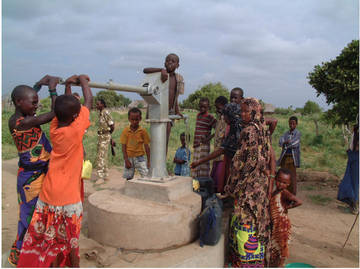 |
Fresh-water hand pump |
Kora National Park covers 1,787 km2 and is a degraded environment caused mainly through unsustainable, excessive and continued use by livestock. Wildlife numbers are very low as a result of poaching. There is a huge amount of field work to be done to rehabilitate Kora and re-establish it as a functioning protected area. However both the habitat and wildlife can recover with protection and the Trusts have a strong commitment and duty to try to help Kora prosper into the future.
The rehabilitation of Kora is an important environmental project and a substantial challenge at least as big as Mkomazi Game Reserve in Tanzania and in many ways the challenges are similar to those which afflicted Mkomazi a quarter of a century ago. Kora’s development can follow along similar lines and the Trusts now have the experience and ability to meet these challenges. We now have to lay the foundations that are so crucial to this project and the animal programmes that will be established. We are totally committed to this historic project in this outstandingly beautiful area and will do our part to ensure its success.
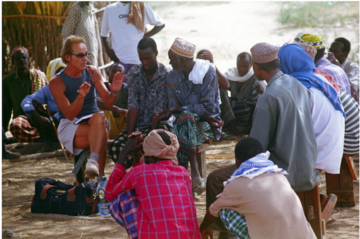 |
With Asako village elders |
The work of the Trust is entering a new and challenging phase which will draw on the achievements and experience of the past thirty years. It is hoped that we will still enjoy the help and support of the many friends who have joined us over this period.
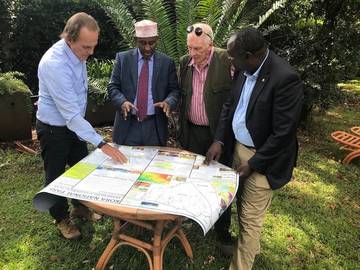 |
Discussing the framework |


